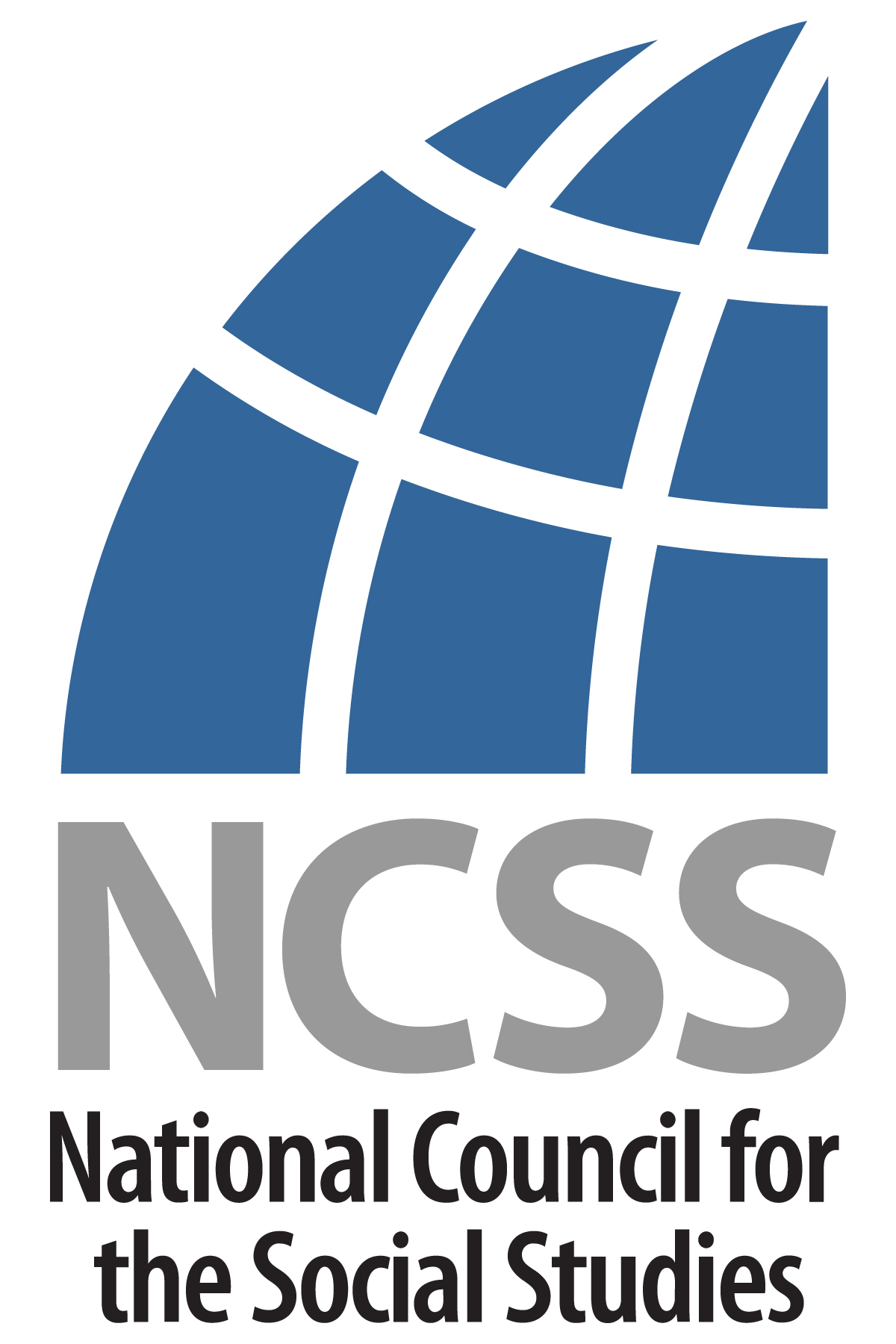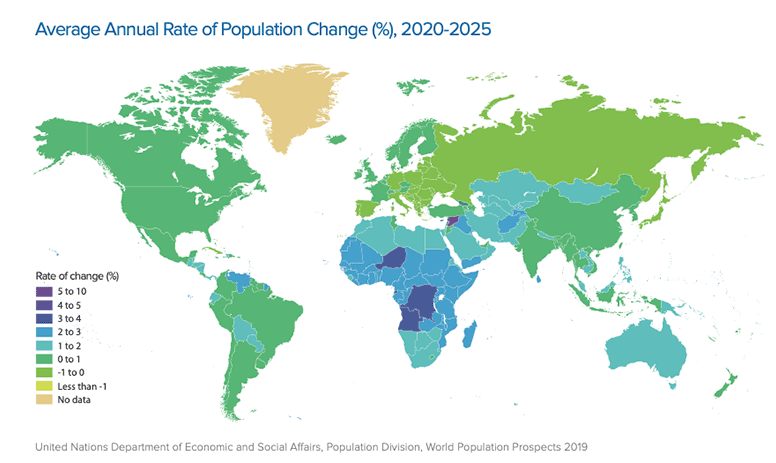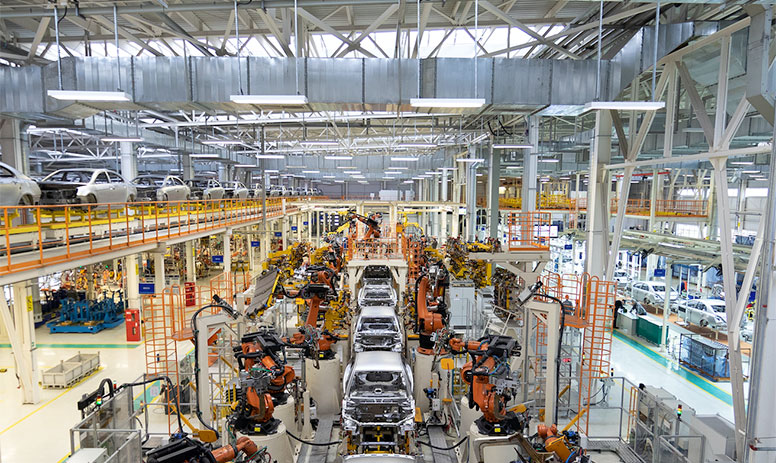This book goes beyond the political headlines to provide readers with a greater understanding of the country itself as it faces the challenges of population growth, a changing cultural landscape, and rapid economic development. The lessons and assessments in this book promote skills and content that are taught in the AP Human Geography course as well as other courses in Geography. The teaching tips in each module provide step-by-step suggestions for class activities that will engage and enrich students as they explore a country that has faced many major challenges and has achieved notable successes.
In partnership with the National Council for Social Studies (NCSS), the World History Digital Education Foundation offers below a set of free resources for AP Human Geography teachers to incorporate lessons on the population, culture, and economy of the Republic of Korea. The Learning Module is composed of 3 modules:
- Module 1: Population
- Module 2: Culture
- Module 3: Industrialization and Economic Development





